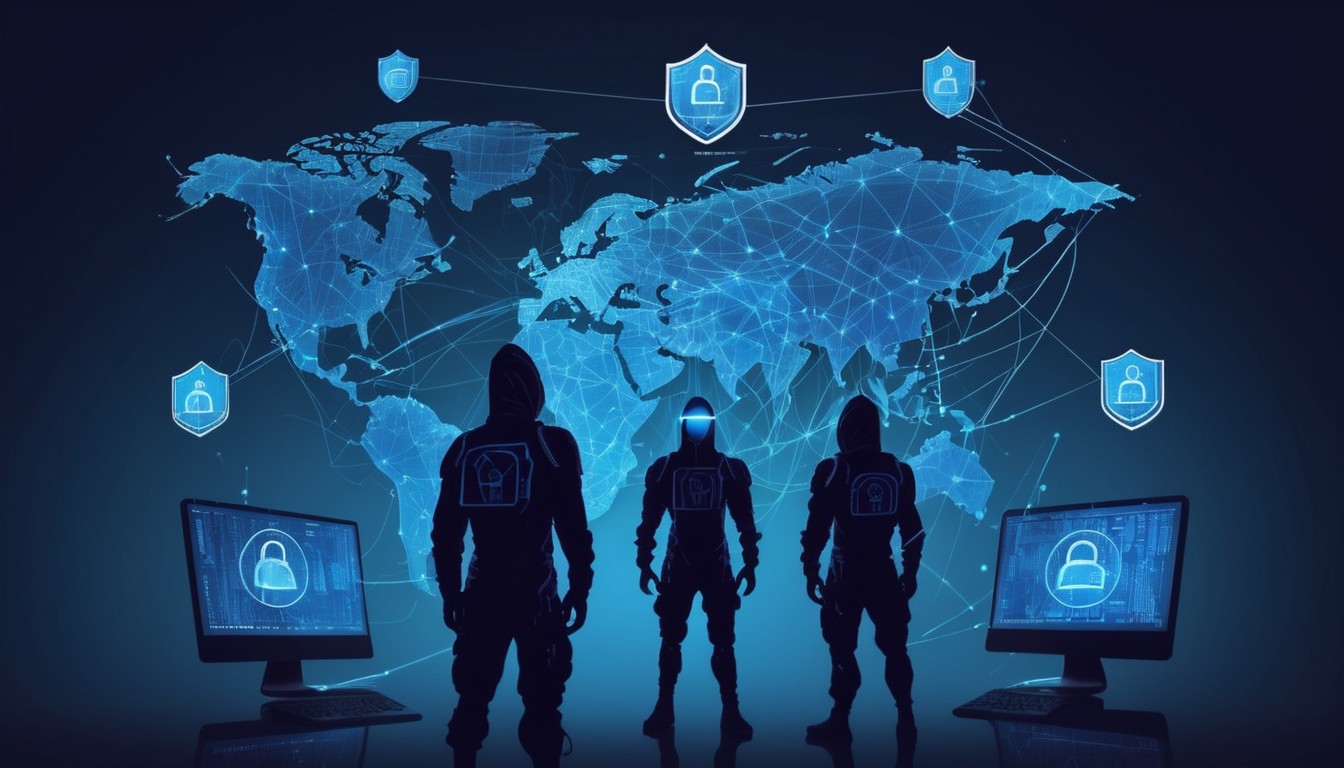Ransomware attacks have become one of the most pressing issues in the realm of cyber security. These malicious attacks disrupt organizations by encrypting critical data and demanding ransom payments, often in cryptocurrencies, to restore access. The recent surge in ransomware incidents, like the Daixin Team’s attack on Acadian Ambulance, underscores the growing sophistication and audacity of cybercriminals.
The Anatomy of a Ransomware Attack
Ransomware is a type of malware that encrypts the victim’s data, rendering it inaccessible until a ransom is paid. These attacks typically start with phishing emails, compromised websites, or vulnerabilities in software that allow attackers to gain unauthorized access to a network. Once inside, the malware spreads, encrypting files and systems, and sometimes exfiltrating data for additional leverage.
The Daixin Team’s attack, for instance, involved the theft of sensitive patient information, followed by a demand for a hefty ransom of $7 million. This attack is a stark reminder of the vulnerabilities in healthcare and other critical infrastructure sectors, where the impact of such breaches can be particularly devastating.
Ransomware Remediation Strategies
In the face of such threats, organizations need robust ransomware remediation strategies. These strategies should focus on prevention, detection, response, and recovery.
- Prevention: The first line of defense against ransomware is a strong prevention strategy. This includes employee training on phishing and social engineering attacks, regular software updates, and implementing robust firewalls and endpoint protection systems.
- Detection: Early detection is crucial in mitigating the impact of a ransomware attack. Advanced threat detection systems, such as intrusion detection systems (IDS) and security information and event management (SIEM) solutions, can help identify ransomware activities before they spread.
- Response: In the event of an attack, having a clear incident response plan is essential. This plan should include steps for isolating affected systems, communicating with stakeholders, and, if necessary, engaging with law enforcement and cybersecurity experts.
- Recovery: Backups are a critical component of any ransomware remediation strategy. Regularly updated backups stored offline or in secure cloud environments can ensure that data can be restored without paying the ransom. Additionally, disaster recovery plans should be in place to minimize downtime and restore normal operations as quickly as possible.
SafeNet’s Role in Combating Ransomware
At SafeNet, we understand the critical importance of protecting organizations from ransomware attacks. Our cybersecurity solutions are designed to help businesses implement comprehensive ransomware remediation strategies. From advanced threat detection to secure backup solutions, SafeNet provides the tools and expertise needed to defend against these evolving threats.
Ransomware is not just a technological issue; it’s a business risk that requires a proactive and well-rounded approach. By focusing on prevention, detection, response, and recovery, organizations can better protect themselves from the potentially devastating effects of a ransomware attack.
Ransomware attacks are a significant and growing threat in today’s cyber landscape. However, with the right strategies and the support of cybersecurity experts like SafeNet, businesses can mitigate the risks and safeguard their critical assets. Contact us today to learn more.





